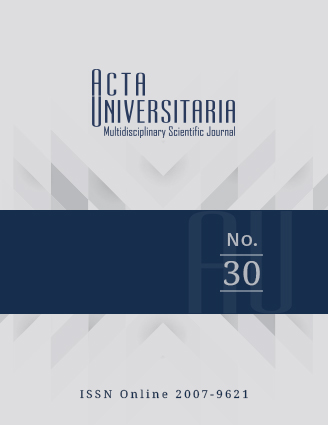Published 2020-10-07
How to Cite
Abstract
This scientific article is a piece of evidence of the use of the computer aided engineering (CAD-CAE) validating a real mechanical process for a destructive test on fiberglass, rivets, and adhesives. The CAD-CAE simulated test tubes that had been used for manufacture processes of buses. First, the real test tubes must satisfy the ASTM D3039 and ASTM D5766 standards. Therefore, the objective of the CAD-CAE analysis was to simulate the destructive test with the least possible error to comply with the requirements of the ASTM standards. Experimental tests showed that the properties in the mixed joint meet the requirements of mechanical and deformation properties. The mechanical tests showed that the specimens do not fail because of the materials but because of the stress concentrator of the rivet. Finally, the models were developed by the CAD-CAE, analyzing the failure zone and keeping the characteristics of the tested joints. The results of the CAD-CAE analysis reproduced the conditions against the experimental model satisfactorily, achieving a maximum permissible error of 3%.


